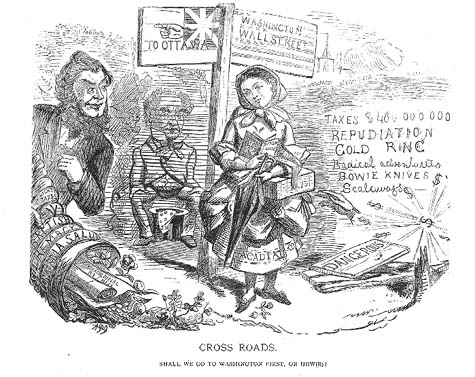C - Criminology 12 - Today you are going to get into groups of three and make a mind map poster of organized crime groups (gangs) in Canada. You will get a handout on Organized crime (aboriginal crime groups, cartels, ethnic crime groups, and outlaw motorcycle gangs) and will need to explain the activities of each group and identify the connections amongst the groups. I'll give you an example: on the handout it states that prairie-based Aboriginal gangs were working with the Hells Angels to sell drugs at street level. Here there is a connection between Aboriginal and Outlaw Biker gangs and you'd identify that on the mind map...now the question is why did the two groups work together? Organized crime by nature (according to Howard Abadinsky) is monopolistic (in other words organized crime groups want to have a monopoly over a specific geographic area for the illicit activity they wish to pursue). You will need to have your mind map poster of organized crime in Canada completed by the end of the class (Note: use the section in your text to help as well).
A - Social Studies 11 - Today you are going to work in partners on a poster that reviews the 1920's in Canada. Using chapter 3 in the Counterpoints textbook (pages 48-72) you need to identify the changes in and challenges to Canada for the following four topics:
- Arts, Culture, and Leisure
- Government, International Autonomy, and Political Parties
- Industry, Jobs, and Wealth
- Society (race, gender, social class), Urbanization, and Values
B- Social Studies 10 - Today you are working on an editorial cartoon for one of the Atlantic colonies (Nova Scotia, New Brunswick, Prince Edward Island, or Newfoundland) about confederation. Look through the section in your textbook about the reaction in the colonies from thew Quebec conference and the plan for confederation. What did the colonies like or dislike the most about the plan? Who were the characters (Tilley, Tupper, Howe, and Pope in Atlantic Canada and Macdonald or Cartier for the Canadas)? Now read through what an editorial cartoon is on pages 51 & 52 of the text (Developing Skills: Interpreting Political Cartoons). Now use all that you've learned and create an editorial cartoon for one of the Atlantic colonies that is either pro (for) or anti (against) confederation.

Pau Hana!
No comments:
Post a Comment